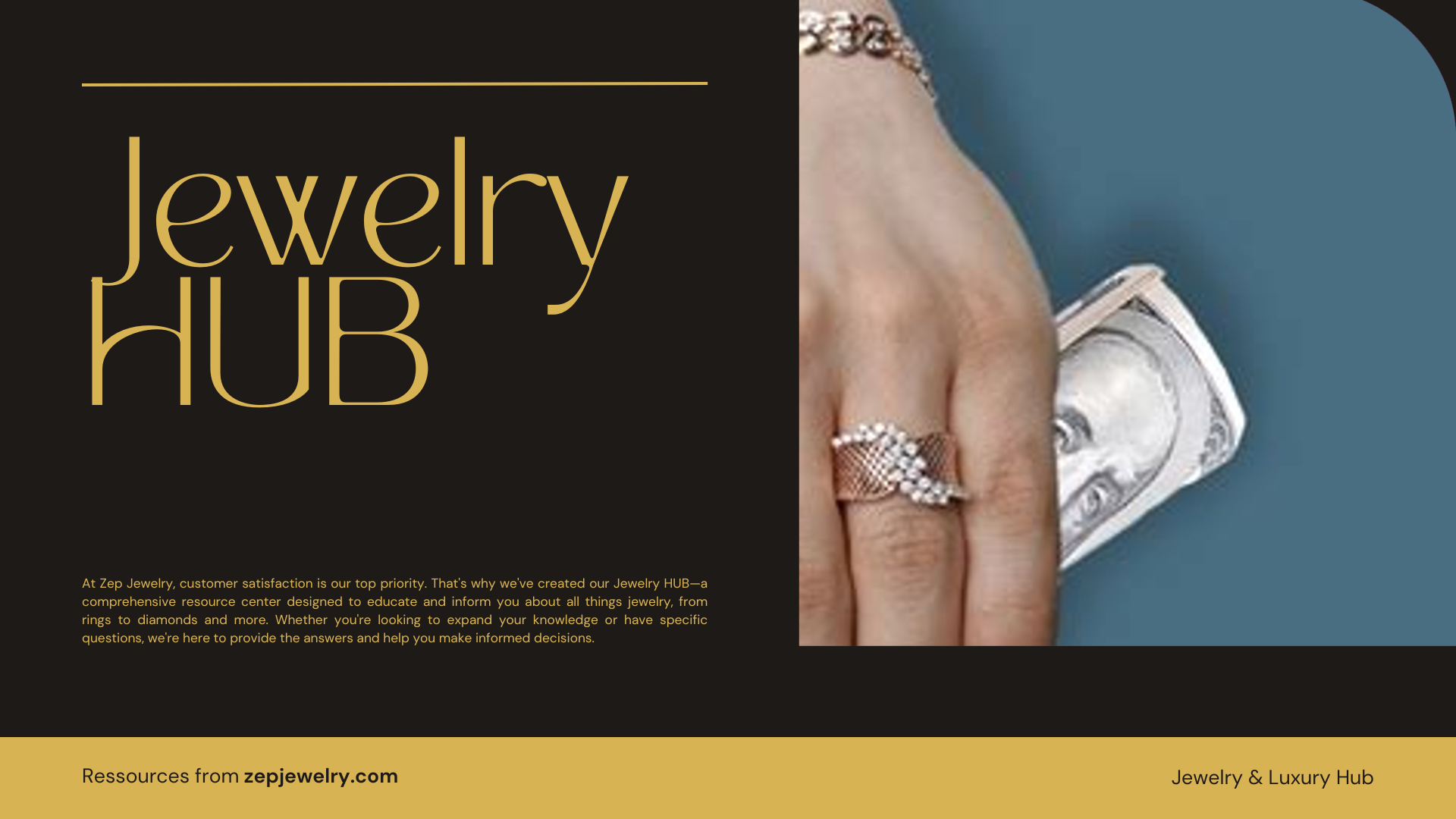Is jewelry a good investment, or is it just a shiny diversion? While many might see precious gems and gold as mere ornaments, savvy investors recognize them as treasures with both aesthetic and financial value. Think of jewelry as a dual-actor performance — not only does it dazzle the eye, but it can also pad your wallet over time. High-quality pieces, crafted with care and featuring rare gemstones, have the potential to appreciate in value, becoming more than just an accessory; they become tangible assets that can stand the test of time and trends. So, is it time to reconsider what your jewelry box truly holds?
Is jewelry a good investment?
Absolutely! Investing in jewelry can be a highly rewarding venture, particularly when it comes to high-quality pieces crafted from precious metals and adorned with exquisite gemstones. These items not only serve as beautiful adornments but also have intrinsic value thanks to their materials, allowing them to appreciate over time. When we talk about jewelry as an investment, it’s essential to consider those timeless pieces that will stand the test of trends and fashions, which ensures they maintain or even enhance their market demand.
Jewelry holds a dual appeal: it can be worn and enjoyed while simultaneously functioning as a financial asset. The value of precious metals like gold, silver, and platinum often holds steady or increases during economic fluctuations, making it a reliable store of value. Additionally, unique pieces with quality gemstones—such as rare diamonds or colored stones—can fetch impressive prices on the market due to their rarity and desirability.
However, the success of any jewelry investment hinges on a few key factors. When selecting pieces for your collection, prioritize their longevity in style, the reputation of the brand or designer, and the overall craftsmanship. Investing in pieces from established names such as Tiffany & Co. or Cartier can further ensure value retention. Moreover, emerging designs from renowned artists or antique items that echo centuries of craftsmanship might prove to be wise investments as they carry historical significance and are often sought after by collectors.
It’s important to do thorough research, understand market trends, and potentially consult with experts in the field before making significant purchases. Factors such as current market demand, condition, and provenance of the piece can greatly influence its future value. Additionally, always consider securing a professional appraisal to accurately assess and protect your investment over time.
Finally, while jewelry undoubtedly can be a fantastic investment, bear in mind that it requires careful consideration and a passion for the pieces you choose. That way, you not only invest wisely but also enjoy the beauty and significance of your jewelry collection.
How does the value of jewelry fluctuate?
The value of jewelry is not static; it can fluctuate widely based on various factors. Essentially, the market demand, current fashion trends, and the condition of the item all play critical roles in determining its worth. For instance, jewelry that aligns with popular styles may see a surge in value during those trends, while pieces that fall out of favor may depreciate. Additionally, macroeconomic conditions, such as inflation or recession, can influence consumer purchasing power and willingness to invest in luxury items.
Furthermore, the availability of raw materials can impact prices significantly. For example, if a gemstone becomes rare due to limited mining options or changes in regulatory policies, its value may increase. It’s also valuable to consider the jewelry’s historical context; vintage pieces often resonate more with collectors due to their unique stories and craftsmanship, which can boost their market price. In essence, understanding these variables, along with monitoring the trends and economic conditions, can help you assess the potential for a particular piece of jewelry to appreciate over time.
What types of jewelry are considered true assets?
When it comes to jewelry as an asset, certain types are more likely to hold intrinsic value than others. Fine jewelry crafted from precious metals like gold and platinum, as well as pieces featuring high-quality gemstones or well-known brands, are generally seen as reliable options. Vintage and antique jewelry also offers significant investment potential due to their scarcity and historical significance.
Can I wear jewelry that I purchase as an investment?
Yes! One of the unique advantages of jewelry investment is that you can enjoy the pieces while they appreciate in value. Wearing your investment pieces allows you to experience the beauty and craftsmanship firsthand. Just ensure they are properly maintained and cared for to preserve their value.
What should I consider when buying jewelry as an asset?
When investing in jewelry, key factors include the rarity and demand for the piece. Items that are limited supply or highly sought after—such as antique jewelry from reputable designers—can provide better resale value. Additionally, always consider the item’s condition, authentication, and potential for timeless appeal to maximize your investment.
Is vintage jewelry a better investment than contemporary pieces?
Vintage jewelry often holds higher investment potential due to its rarity and unique characteristics. Items from past eras, especially those with established brand recognition or historical significance, tend to appreciate more reliably than contemporary pieces. However, this also depends on current market trends and personal preferences when choosing between vintage and modern styles.
How can I protect my jewelry investment?
Protecting your jewelry assets involves both insurance and proper storage. Obtaining a professional appraisal to establish value is crucial for insurance purposes. Furthermore, consider securing your pieces in a safe place, such as a bank safety deposit box, and regularly inspect them for any signs of damage or wear to maintain their condition and value over time.
